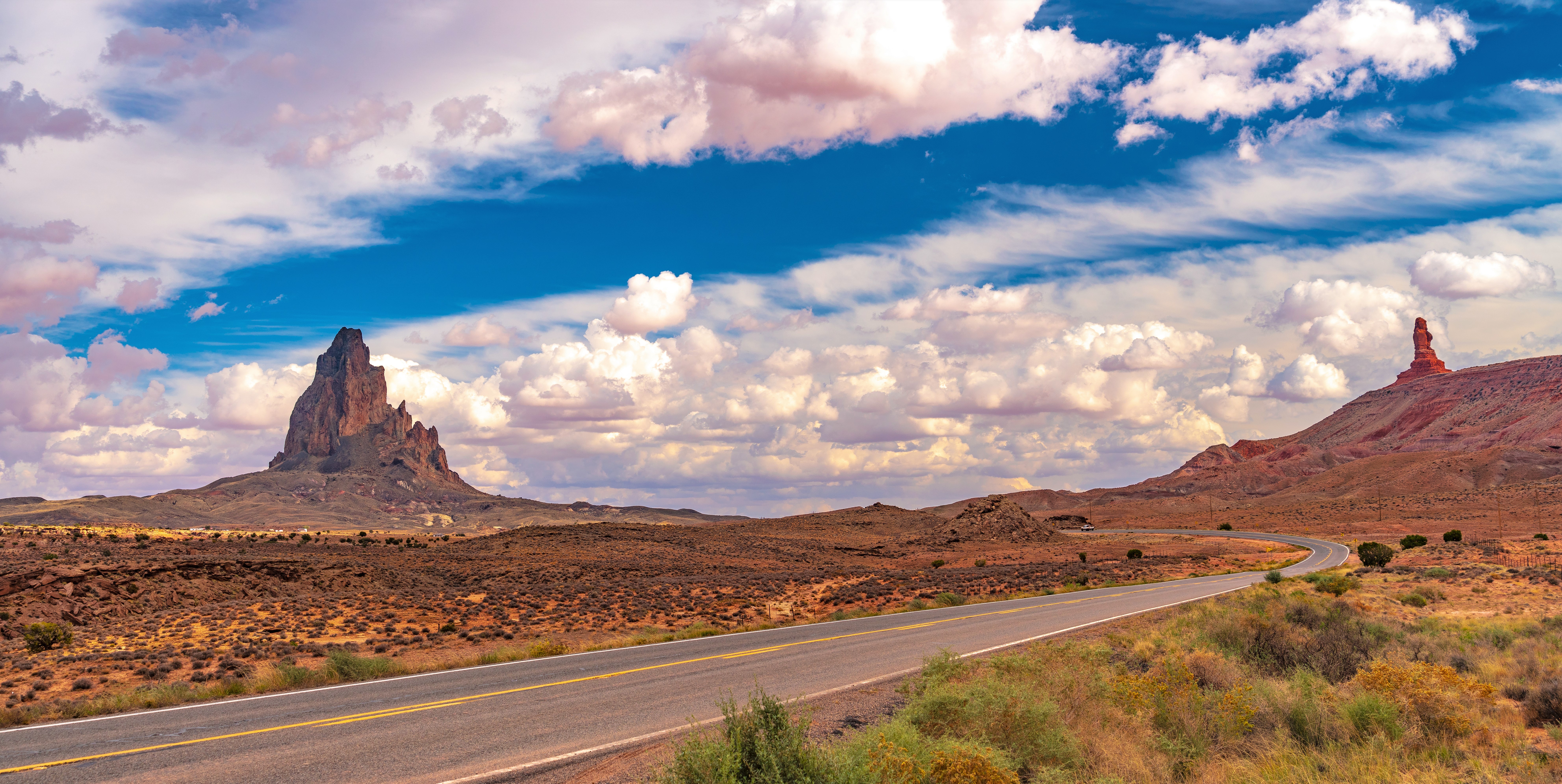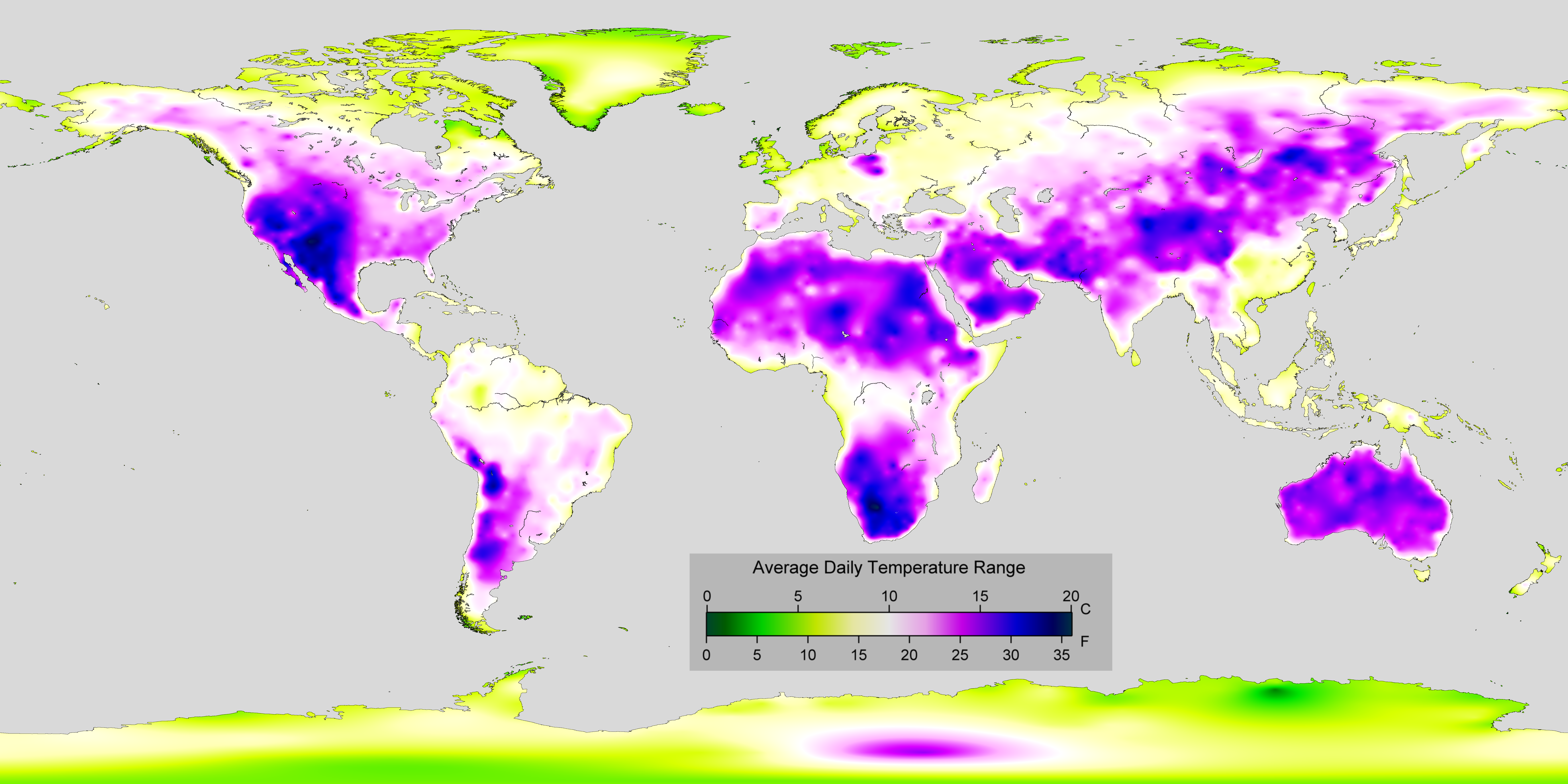|
Mitchell Butte
Mitchell Butte is a summit in Navajo County, Arizona, United States. Description Mitchell Butte is situated west-southwest of the Monument Valley visitor center on Navajo Nation land and can be seen from Highway 163. Precipitation runoff from this butte's slopes drains to Mitchell Butte Wash and Oljeto Wash which are part of the San Juan River drainage basin. Topographic relief is significant as the summit rises above the surrounding terrain in 0.2 mile (0.32 km). The nearest higher neighbor is Mitchell Mesa, to the east. The landform's toponym has been officially adopted by the U.S. Board on Geographic Names. The Mitchell name refers to Hearndon Mitchell, who along with Robert Merrick were silver prospectors. They were warned in 1879 to stay away from Monument Valley but were shot and killed there the following year by Utes. Geology Mitchell Butte is composed of three principal strata. The bottom layer is slope-forming Organ Rock Shale, the next stratum is clif ... [...More Info...] [...Related Items...] OR: [Wikipedia] [Google] [Baidu] |
Gray Whiskers
Gray Whiskers is a summit in Navajo County, Arizona, United States. Description Gray Whiskers is situated southwest of the Monument Valley visitor center on Navajo Nation land and can be seen from Highway 163. Precipitation runoff from this butte's slopes drains to Mitchell Butte Wash and Oljeto Wash which are part of the San Juan River drainage basin. Topographic relief is significant as the summit rises over above the surrounding terrain in 0.15 mile (0.24 km). The nearest higher neighbor is Mitchell Mesa, to the east. The landform's toponym has been officially adopted by the U.S. Board on Geographic Names. The toponym is a translation of Navajo "dághaa' libáí" which means gray whiskers. The butte is named after a Navajo Hataałii (medicine man) who was instrumental in creating the Monument Valley Tribal Park in 1958. Geology Gray Whiskers is composed of three principal strata. The bottom layer is slope-forming Organ Rock Shale, the next stratum is cliff-for ... [...More Info...] [...Related Items...] OR: [Wikipedia] [Google] [Baidu] |
Merrick Butte
Merrick Butte is a butte located in Monument Valley Monument Valley (, , meaning "valley of the rocks") is a region of the Colorado Plateau characterized by a cluster of sandstone buttes, with the largest reaching above the valley floor. The most famous butte formations are located in northeas ...Mitten Buttes Quadrangle, Arizona-Utah, 7.5 Minute Series, US Geological Survey, 1738 ed. and is part of the Monument Valley Navajo Tribal Park, similar to its neighbors West and East Mitten Buttes just to the north.''Arizona Atlas & Gazetteer,'' De Lorme, 4th ed., 2001, p. 26 It was named after silver miner Jack Merrick, killed by Native Americans in 1880. References External links * {{commons category-inline, Merrick Butte Buttes of Arizona Landforms of Navajo County, Arizona ... [...More Info...] [...Related Items...] OR: [Wikipedia] [Google] [Baidu] |
Landforms Of Navajo County, Arizona
A landform is a land feature on the solid surface of the Earth or other planetary body. They may be natural or may be anthropogenic (caused or influenced by human activity). Landforms together make up a given terrain, and their arrangement in the landscape is known as topography. Landforms include hills, mountains, canyons, and valleys, as well as shoreline features such as bays, peninsulas, and seas, including submerged features such as mid-ocean ridges, volcanoes, and the great oceanic basins. Physical characteristics Landforms are categorized by characteristic physical attributes such as elevation, slope, orientation, structure stratification, rock exposure, and soil type. Gross physical features or landforms include intuitive elements such as berms, cliffs, hills, mounds, peninsulas, ridges, rivers, valleys, volcanoes, and numerous other structural and size-scaled (e.g. ponds vs. lakes, hills vs. mountains) elements including various kinds of inland and oceanic waterbodi ... [...More Info...] [...Related Items...] OR: [Wikipedia] [Google] [Baidu] |
Oljato-Monument Valley, Arizona
Oljato-Monument Valley () is a census-designated place (CDP) in Navajo County, Arizona, United States. The population was 154 at the 2010 census. Geography According to the United States Census Bureau, the CDP has a total area of 12.5 square miles (32.4 km2), all land. Demographics As of the census of 2000, there were 155 people, 37 households, and 33 families living in the CDP. The population density was . There were 58 housing units at an average density of . The racial makeup of the CDP was 0.6% White, 94.2% Native American, and 5.2% from two or more races. There were 37 households, out of which 59.5% had children under the age of 18 living with them, 48.6% were married couples living together, 32.4% had a female householder with no husband present, and 10.8% were non-families. 10.8% of all households were made up of individuals, and 2.7% had someone living alone who was 65 years of age or older. The average household size was 4.19 and the average family size w ... [...More Info...] [...Related Items...] OR: [Wikipedia] [Google] [Baidu] |
Sentinel Mesa
Sentinel Mesa is a summit in San Juan County, Utah, United States. It is situated north of the Monument Valley visitor center on Navajo Nation land and can be seen from Highway 163. The mesa is immediately northwest of the iconic West and East Mitten Buttes. The nearest higher neighbor is Brighams Tomb, to the north-northeast. Precipitation runoff from this mesa's west slope drains to Mitchell Butte Wash, whereas the east slope drains to West Gypsum Creek, which are both part of the San Juan River drainage basin. The "Sentinel" name refers to how the mesa oversees Monument Valley which the Navajo consider as one of the " door posts" to Monument Valley. The landform's toponym has been officially adopted by the U.S. Board on Geographic Names. Geology Sentinel Mesa is a mesa composed of three principal strata. The bottom layer is Organ Rock Shale, the next stratum is De Chelly Sandstone, and the upper layer is Moenkopi Formation capped by Shinarump Conglomerate. The rock ra ... [...More Info...] [...Related Items...] OR: [Wikipedia] [Google] [Baidu] |
List Of Appearances Of Monument Valley In The Media
Monument Valley, located on the Navajo Nation within Arizona and Utah, has been featured in many forms of media since the 1930s. It is perhaps most famous for its use in many John Ford films, such as ''Stagecoach'' (1939) and ''The Searchers'' (1956). It has also been featured in such films as '' Easy Rider'' (1969), directed by and co-starring Dennis Hopper; ''Forrest Gump'' (1994), directed by Robert Zemeckis, and '' The Eiger Sanction'' (1975), directed by and starring Clint Eastwood; and in two episodes of the popular United Kingdom television show ''Doctor Who'': " The Impossible Astronaut" (23 April 2011) and " Day of the Moon" (30 April 2011). The twin buttes of Monument Valley (" the Mittens"), the "Totem Pole", and the "Ear of the Wind" arch, among other features, have developed iconic status. They have appeared in many television programs, commercials, and Hollywood movies, especially Westerns. Motion pictures Films *'' The Vanishing American'' (1925) *'' The Lone ... [...More Info...] [...Related Items...] OR: [Wikipedia] [Google] [Baidu] |
Diurnal Temperature Variation
In meteorology, diurnal temperature variation is the variation between a high air temperature and a low temperature that occurs during the same day. Temperature lag Temperature lag, also known as thermal inertia, is an important factor in diurnal temperature variation. Peak daily temperature generally occurs ''after'' noon, as air keeps absorbing net heat for a period of time from morning through noon and some time thereafter. Similarly, minimum daily temperature generally occurs substantially after midnight, indeed occurring during early morning in the hour around dawn, since heat is lost all night long. The analogous annual phenomenon is seasonal lag. As solar energy strikes the Earth's surface each morning, a shallow layer of air directly above the ground is heated by conduction. Heat exchange between this shallow layer of warm air and the cooler air above is very inefficient. On a warm summer's day, for example, air temperatures may vary by from just above the ground t ... [...More Info...] [...Related Items...] OR: [Wikipedia] [Google] [Baidu] |
Semi-arid Climate
A semi-arid climate, semi-desert climate, or steppe climate is a dry climate sub-type. It is located on regions that receive precipitation below potential evapotranspiration, but not as low as a desert climate. There are different kinds of semi-arid climates, depending on variables such as temperature, and they give rise to different biomes. Defining attributes of semi-arid climates A more precise definition is given by the Köppen climate classification, which treats steppe climates (''BSh'' and ''BSk'') as intermediates between desert climates (BW) and humid climates (A, C, D) in ecological characteristics and agricultural potential. Semi-arid climates tend to support short, thorny or scrubby vegetation and are usually dominated by either grasses or shrubs as they usually cannot support forests. To determine if a location has a semi-arid climate, the precipitation threshold must first be determined. The method used to find the precipitation threshold (in millimeters): * ... [...More Info...] [...Related Items...] OR: [Wikipedia] [Google] [Baidu] |
Köppen Climate Classification
The Köppen climate classification divides Earth climates into five main climate groups, with each group being divided based on patterns of seasonal precipitation and temperature. The five main groups are ''A'' (tropical), ''B'' (arid), ''C'' (temperate), ''D'' (continental), and ''E'' (polar). Each group and subgroup is represented by a letter. All climates are assigned a main group (the first letter). All climates except for those in the ''E'' group are assigned a seasonal precipitation subgroup (the second letter). For example, ''Af'' indicates a tropical rainforest climate. The system assigns a temperature subgroup for all groups other than those in the ''A'' group, indicated by the third letter for climates in ''B'', ''C'', ''D'', and the second letter for climates in ''E''. Other examples include: ''Cfb'' indicating an oceanic climate with warm summers as indicated by the ending ''b.'', while ''Dwb'' indicates a semi-Monsoon continental climate, monsoonal continental climate ... [...More Info...] [...Related Items...] OR: [Wikipedia] [Google] [Baidu] |
Triassic
The Triassic ( ; sometimes symbolized 🝈) is a geologic period and system which spans 50.5 million years from the end of the Permian Period 251.902 million years ago ( Mya), to the beginning of the Jurassic Period 201.4 Mya. The Triassic is the first and shortest period of the Mesozoic Era and the seventh period of the Phanerozoic Eon. Both the start and end of the period are marked by major extinction events. The Triassic Period is subdivided into three epochs: Early Triassic, Middle Triassic and Late Triassic. The Triassic began in the wake of the Permian–Triassic extinction event, which left the Earth's biosphere impoverished; it was well into the middle of the Triassic before life recovered its former diversity. Three categories of organisms can be distinguished in the Triassic record: survivors from the extinction event, new groups that flourished briefly, and other new groups that went on to dominate the Mesozoic Era. Reptiles, especially archosaurs, were the ... [...More Info...] [...Related Items...] OR: [Wikipedia] [Google] [Baidu] |
Permian
The Permian ( ) is a geologic period and System (stratigraphy), stratigraphic system which spans 47 million years, from the end of the Carboniferous Period million years ago (Mya), to the beginning of the Triassic Period 251.902 Mya. It is the sixth and last period of the Paleozoic Era; the following Triassic Period belongs to the Mesozoic Era. The concept of the Permian was introduced in 1841 by geologist Sir Roderick Murchison, who named it after the Perm Governorate, region of Perm in Russia. The Permian witnessed the diversification of the two groups of amniotes, the synapsids and the Sauropsida, sauropsids (reptiles). The world at the time was dominated by the supercontinent Pangaea, which had formed due to the collision of Euramerica and Gondwana during the Carboniferous. Pangaea was surrounded by the superocean Panthalassa. The Carboniferous rainforest collapse left behind vast regions of desert within the continental interior. Amniotes, which could better cope with these ... [...More Info...] [...Related Items...] OR: [Wikipedia] [Google] [Baidu] |





